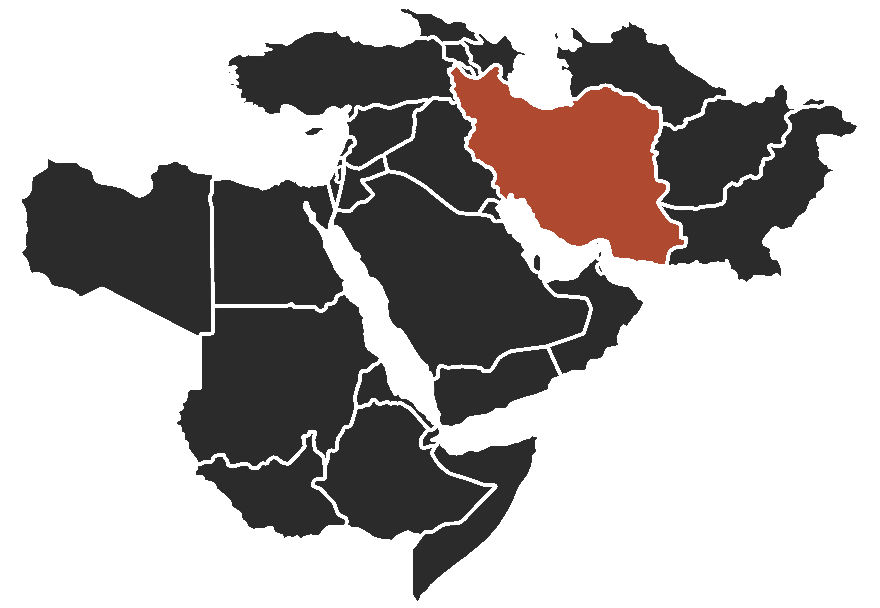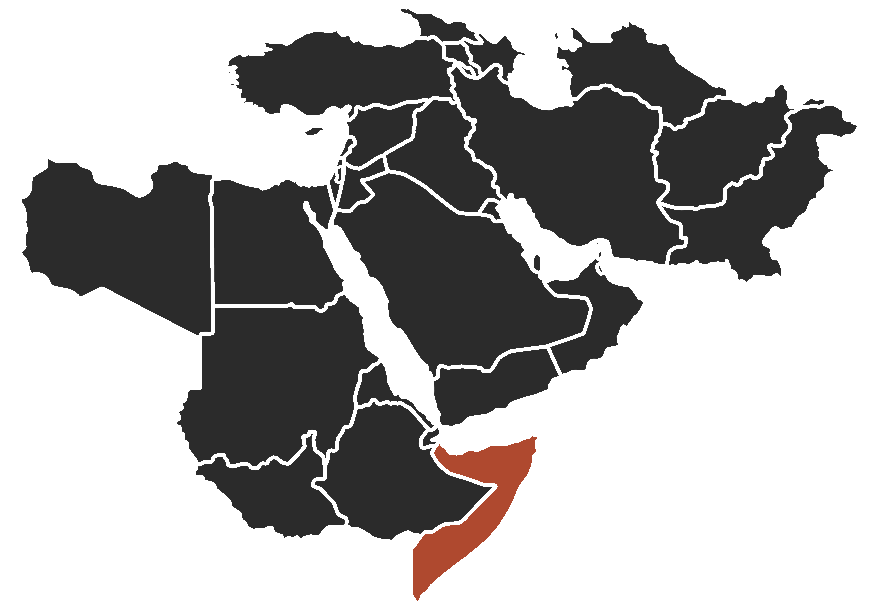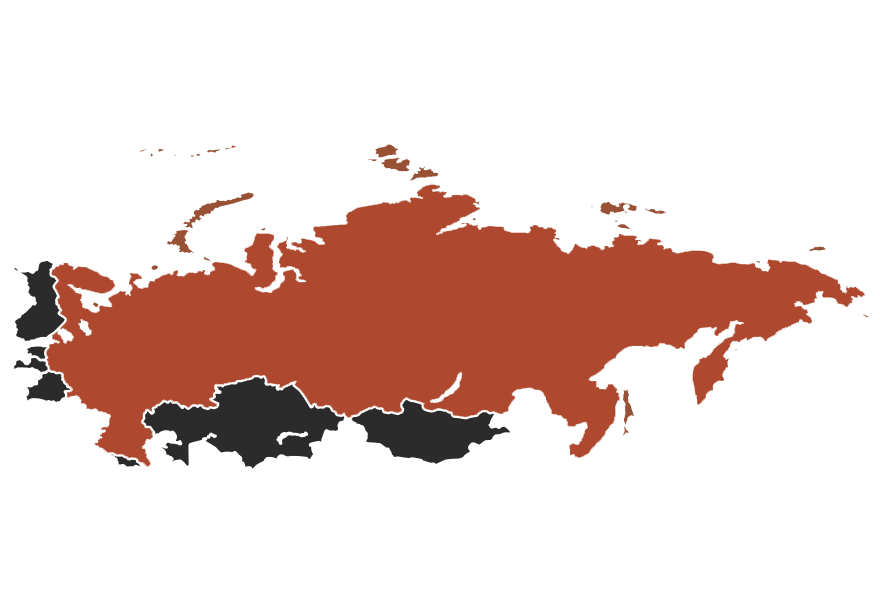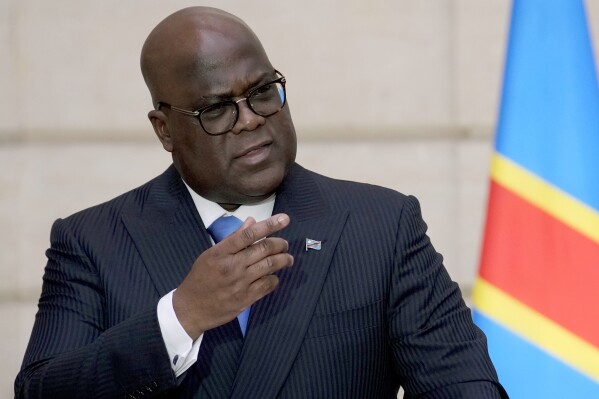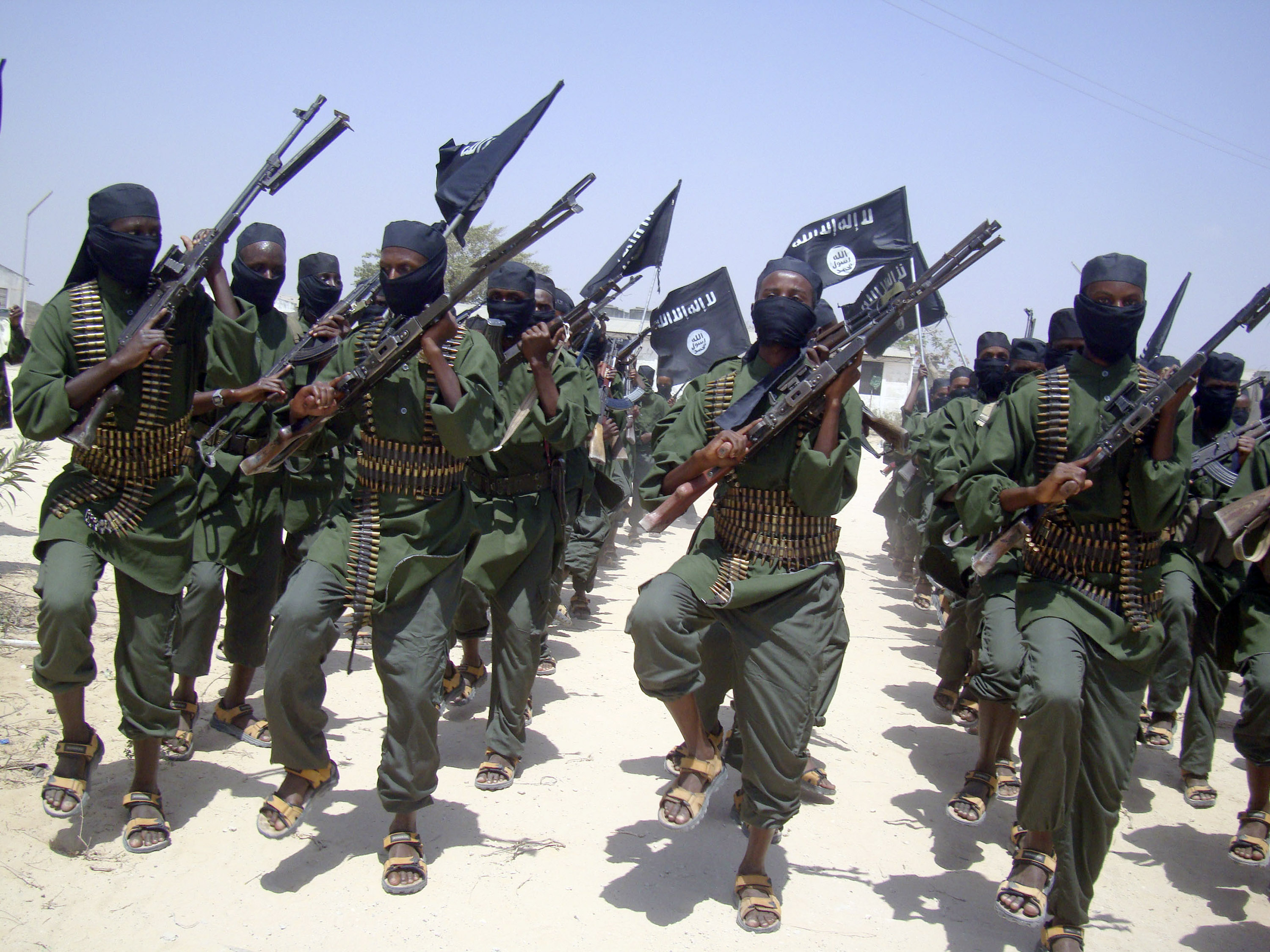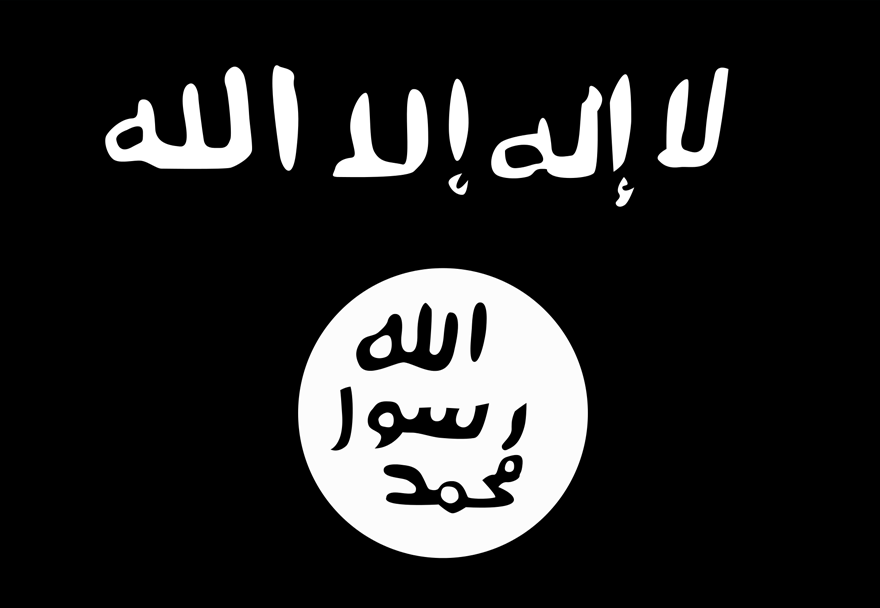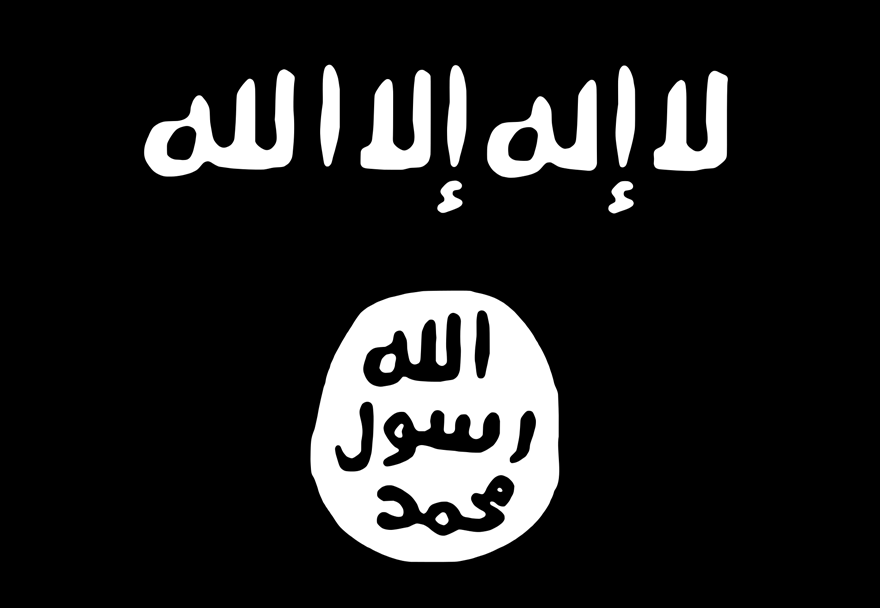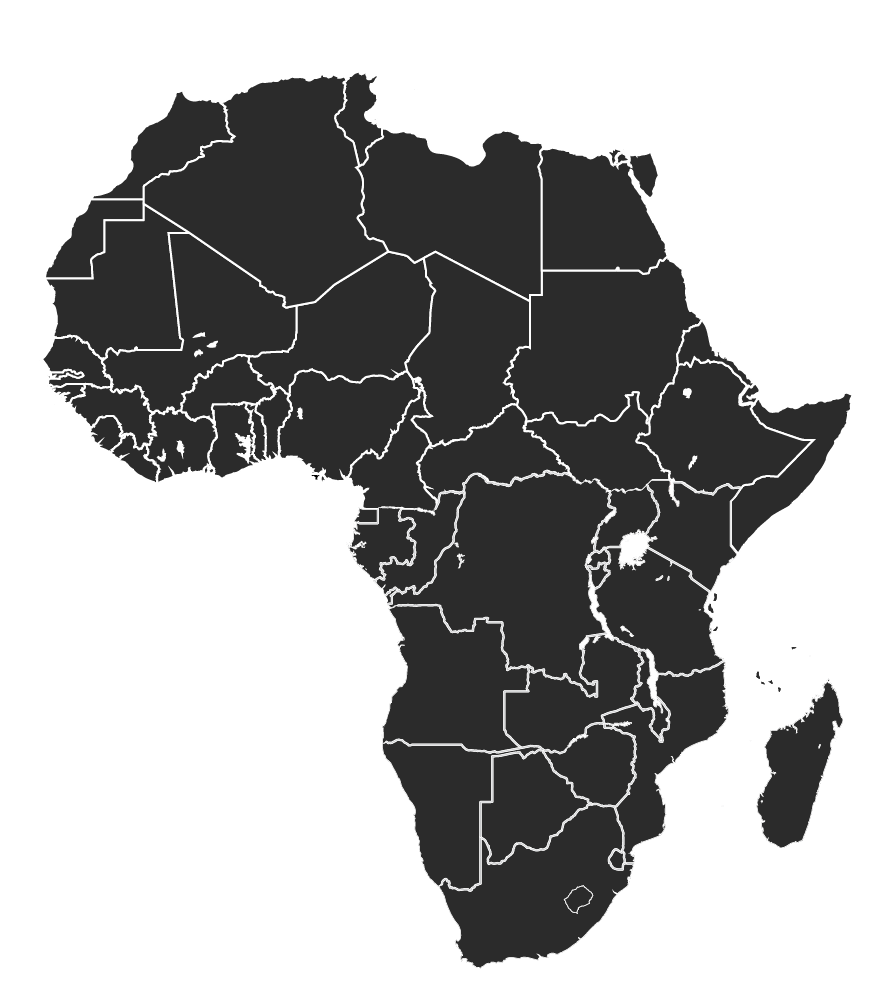Threat Update: Yemen and Southern Secessionism
By Maher Farrukh
Southern Yemeni political leaders are pursuing independence. A fractured Yemeni state undermines U.S. policy in Yemen and will hinder efforts to counter al Qaeda and limit Iranian influence.
The recommended readWarning Update: Fracturing of the Yemeni stateTransitional Political Council of the South (STC), a council that seeks to represent and govern southern Yemen, is pursuing independence efforts that undermine the internationally recognized government led by President Abdu Rabbu Mansour Hadi. Southern Yemenis have vied for increased representation and, at times, independence since North Yemen and South Yemen unified to form the Republic of Yemen in 1990. The frontlines of the Yemeni civil war have settled largely along the historical North-South border, with the al Houthi-Saleh bloc controlling northern Yemen and the Hadi government nominally controlling southern Yemen. The STC formed in May 2017 after President Hadi fired a popular governor of Aden, Aydarus al Zubaidi, in what was seen as a move to consolidate his own power at the expense of the people. Zubaidi is now the president of the STC. The UAE backs the STC and is seeking to carve out its own sphere of influence in Yemen as a means of projecting power into the Gulf of Aden and limiting the spread of Iranian influence.
The STC took concrete steps to form governing structures in October. Council President Zubaidi announced in early October that the council would pursue an independence referendum for former South Yemen. The council also began forming a national assembly and inaugurated local offices in nearly all southern and eastern Yemeni governorates. The Hadi government, in contrast, has failed to hold a session of parliament since 2015. The STC also draws strength from its alignment with Emirati-backed security forces, which are the primary military forces present in southern and eastern Yemen. The STC lacks universal support in all the territory it seeks to govern but is significantly more popular than the Hadi government.
U.S. policy promotes a unified Yemeni state to contain Iranian influence and counter Salafi-jihadi groups, such as al Qaeda in the Arabian Peninsula (AQAP) and the Islamic State of Iraq and al Sham (ISIS). A fractured Yemeni state may solidify the Iranian-backed al Houthi movement’s control over northern Yemen. Southern Yemeni forces have pledged to cooperate with the Saudi-led coalition, but they are reluctant to fight beyond the pre-1990 North-South Yemen border into territory held by the al Houthi-Saleh bloc. Permanent de facto al Houthi control of northern Yemen will allow Iran to continue to facilitate attacks against U.S. partners and interests in the region. Additionally, Hadi government and pro-STC security forces will be distracted from the counter-AQAP fight if secessionist efforts turn violent. Some of AQAP’s most vital terrain, al Bayda governorate in central Yemen, is located beyond the purview of a southern government. The U.S. would not have a partner force on the ground with which to counter AQAP in this region.
Additional Takeaways from the Week
- Kenya faces an escalating political crisis after a controversial re-run election. The Kenyan opposition party, led by presidential challenger Raila Odinga, is attempting to form a rival government to undermine the ruling party led by incumbent President Uhuru Kenyatta. The crisis is destabilizing Kenya and risks detracting from the counter-al Shabaab fight, in which Kenya plays a prominent role. [See more on the role of regional states in “US Counterterrorism Objectives in Somalia: Is Mission Failure Likely?”]
- A would-be strongman is consolidating power in Libya as the UN-led peace process stalls. Khalifa Haftar, the leader of a militia coalition based in eastern Libya, is courting support from former rivals in the country’s northwest and taking steps to enshrine his power in a formal military structure. [Read about the risks of Haftar’s ascension in “The General’s Trap in Libya.”]
